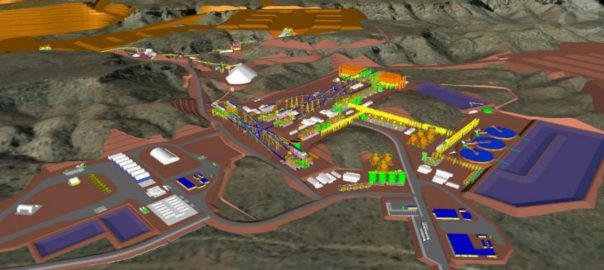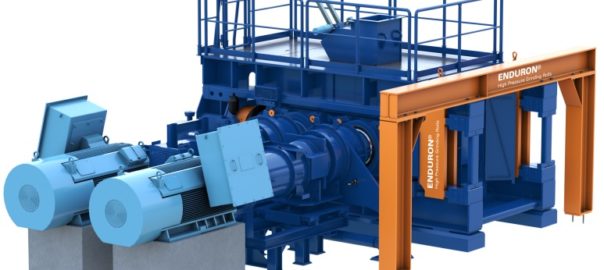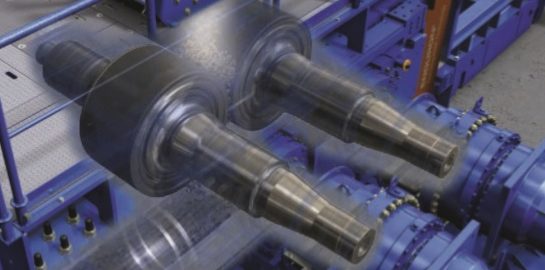The Weir Group says it has been awarded a £100 million ($123 million) order to provide industry-leading energy saving solutions to the Iron Bridge magnetite project, a joint venture between Fortescue Metals Group and Formosa Steel IB.
The order, which includes a range of Weir crushing and pump equipment including Enduron® high pressure grinding rolls (HPGRs) and GEHO® pumps, will reduce energy consumption and wet tailings waste by more than 30% compared with traditional mining technologies, according to the equipment manufacturer.
The Iron Bridge project, 145 km south of Port Hedland in the Pilbara region of Western Australia, is a $2.6 billion investment in premium magnetite iron ore reserves with annual production, when the mine is fully operational, of 22 Mt/y of 67% Fe concentrate. Delivery of the first ore is expected in 2022.
When the mine build was approved back in April, Fortescue CEO, Elizabeth Gaines, said the innovative design for the project, which included the use of a dry crushing and grinding circuit, “will deliver an industry-leading energy efficient operation with globally competitive capital intensity and operating costs”.
A pilot project to verify the Iron Bridge project design involved processing 1 Mt of ore through a full scale HPGR and air classifier, according to Fortescue.
Weir Group Chief Executive Officer, Jon Stanton, said: “We are delighted to have secured this landmark contract, which is Weir’s largest-ever individual mining order.
“Fortescue challenged us to help create one of the most energy and cost-efficient magnetite ore processing facilities in the world. Our engineers have worked relentlessly to design a solution that is truly innovative – delivering significant energy, water and cost savings. This is a great example of working in close partnership with an ambitious customer who shares our passion for using innovative engineering to make mining more productive and sustainable.”
Ricardo Garib, President of the Weir Minerals division, added: “Our team are really enjoying working with Fortescue. Our engineers relish a challenge and it has been great to work on a project that demonstrates the substantial cost and environmental savings that our range of solutions can offer.
“As more mines look to increase productivity, we look forward to even more opportunities to leverage our combination of passionate people, innovative solutions and comprehensive global service capability.”
Weir’s Enduron HPGRs are increasingly replacing conventional mills in comminution (crushing, screening and grinding) circuits because of their substantially lower energy consumption and potential for significant total cost of ownership reduction, Weir says.
“Not only do they require as much as 40% less energy than traditional alternatives, but their wearable components last much longer and the maintenance time required to replace worn out parts is significantly lower.”









